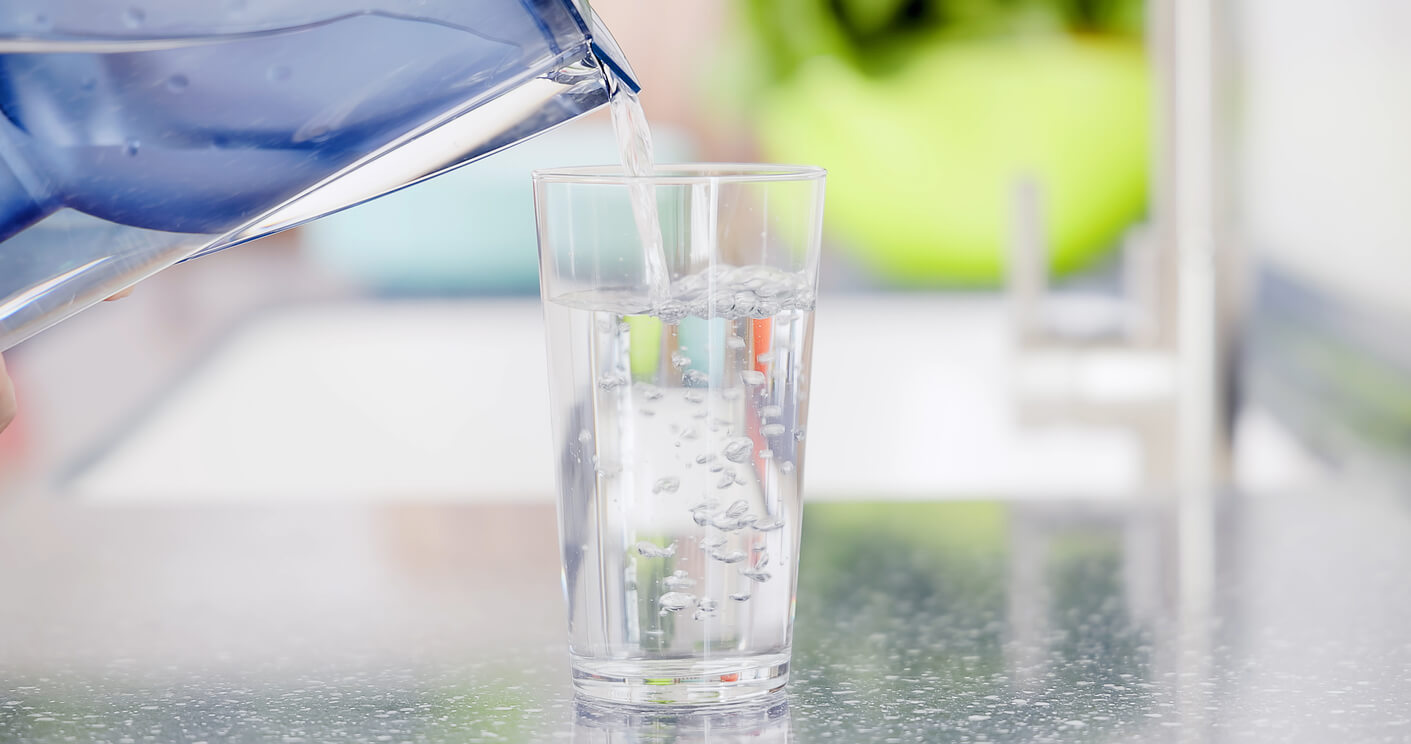Beautiful Work Tips About How To Treat Drinking Water

If boiling is not possible, use tap water that is too hot to touch, which is probably at a temperature between 131°f (55°c) and 140°f (60°c).
How to treat drinking water. Water from your coffee maker reservoir. The ph can also be affected by acid rain. Which sources of water can you drink?
Consumer confidence reports (ccrs) a guide to drinking water technologies for household use last reviewed: Personally, because i like to practice lightweight hiking, the two easiest methods that work for me are: Find out from your water supplier what is in your water.
While it's challenging to overhydrate, it's possible—and risky. Boil if you don’t have safe bottled water, you should boil your water to make it safe to drink. How to purify water for drinking:
Do your homework: For many years, the common belief was that people should aim for eight glasses filled with eight ounces of water per day — this is commonly referred to as the “8x8 rule.”. Once you identify a source of potable water, you can treat it by disinfecting it or boiling it on a kitchen stovetop or camping stove.
During coagulation, chemicals with a positive. You can improve the flat taste of boiled water by pouring it from one container to another and then allowing it to stand for a few hours, or If you have had your water tested.
Flocculation is the gentle mixing of the water to form larger,. Epa researcher thomas speth says, “gac can be 100 percent effective for a period of time, depending on the type of carbon used, the depth of the bed of carbon, flow rate of. Chlorination is the process of adding chlorine to drinking water to kill parasites, bacteria, and viruses.
Caustic feed can be useful on its own to attain and maintain a desired ph and prevent downstream corrosion in a drinking water distribution system. Flocculation follows the coagulation step. Caustic soda, also known as sodium hydroxide (naoh), is sometimes added to drinking water to raise the water’s ph, making the water less acidic.
Water from your home’s water heater tank (part of your drinking water system, not your home heating system) melted ice cubes made with water that was not contaminated; Chlorination is one of many methods that can be used to disinfect water. 7 indicates the neutral point.
Different processes can be used to achieve safe levels of chlorine in drinking water. Sources of water you can treat and drink include: Feed the weighted end of a steel measuring tape into your well and extend it down to the bottom for your measurement.
Learn 8 proven methods chlorine disinfection. Filter that reduce lead. While chlorine is often associated with swimming pools, it can make water potable by eliminating.






![Drink water at specific times for best benefits [Infographic] Easy](http://ehonami.blob.core.windows.net/media/2014/09/Drinking-Water.jpg)











